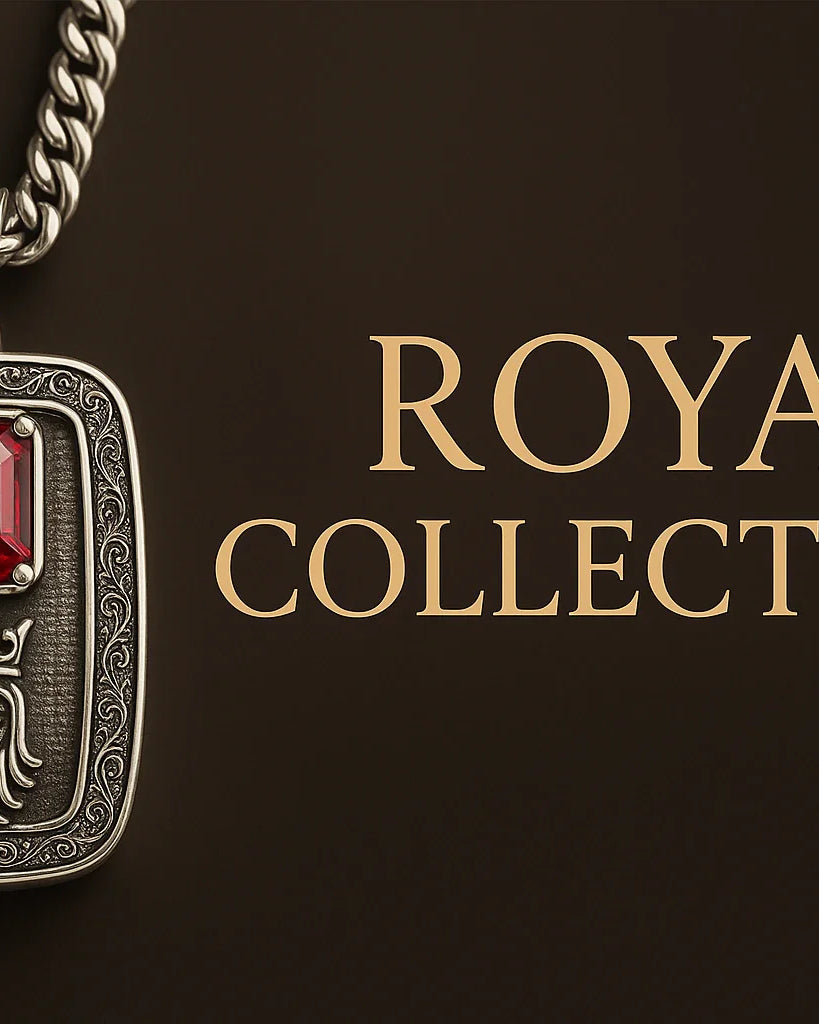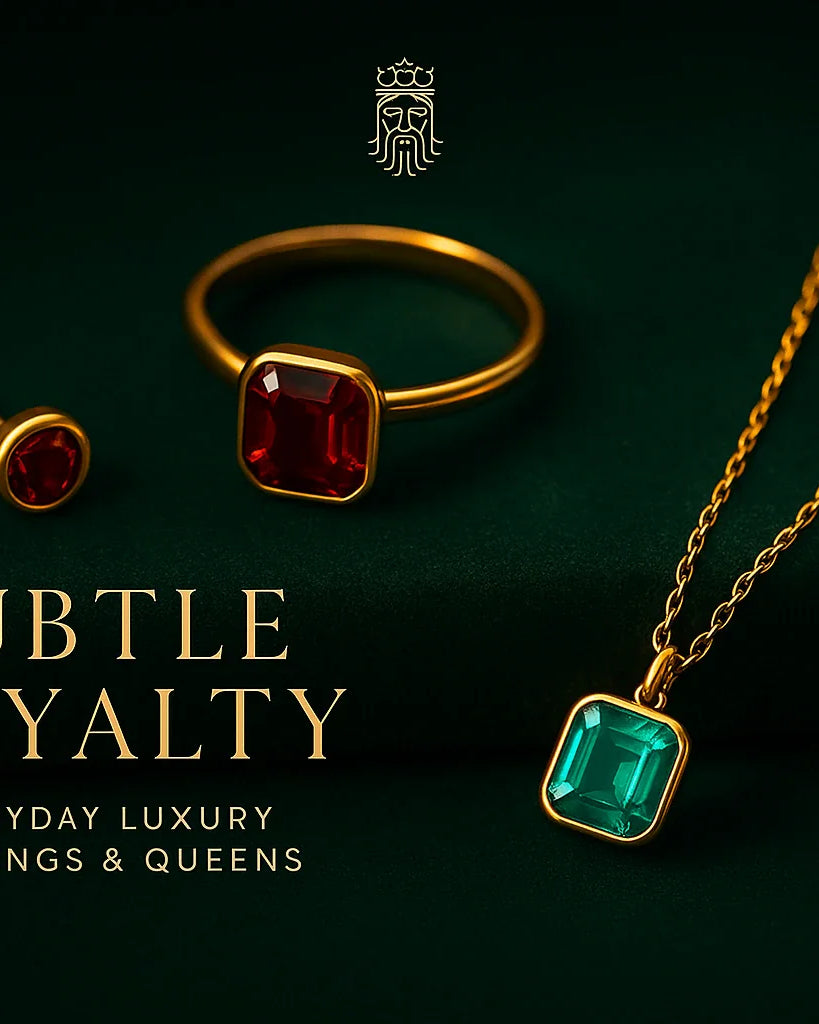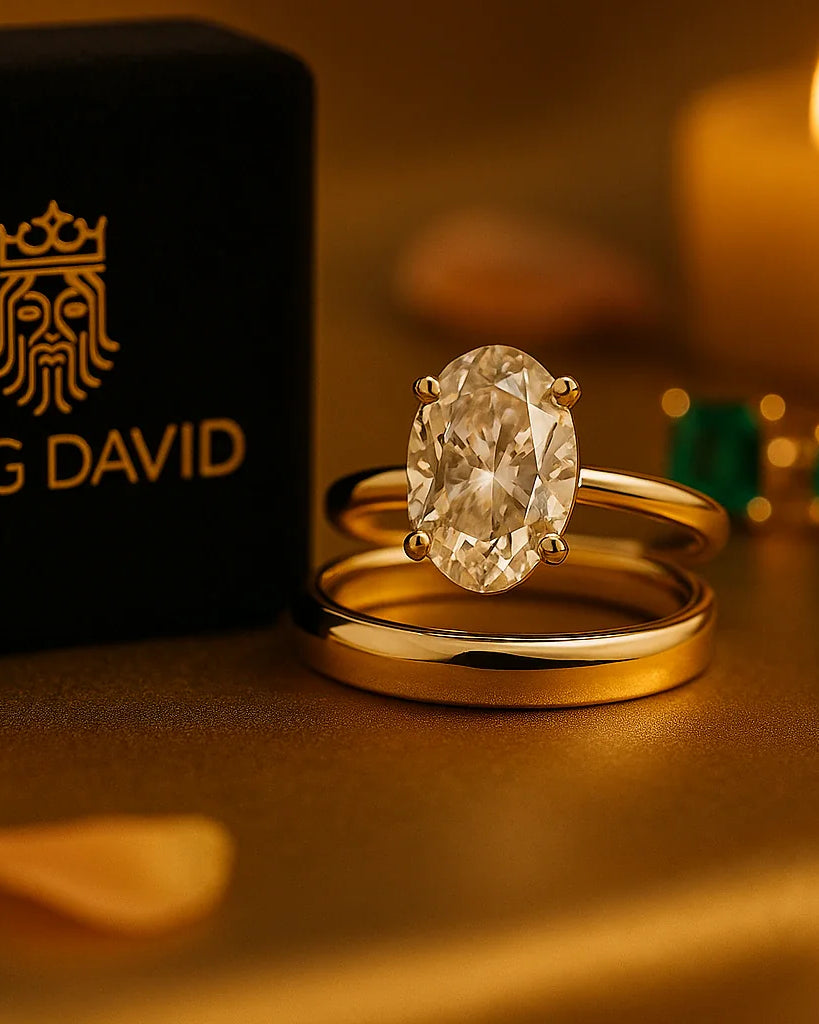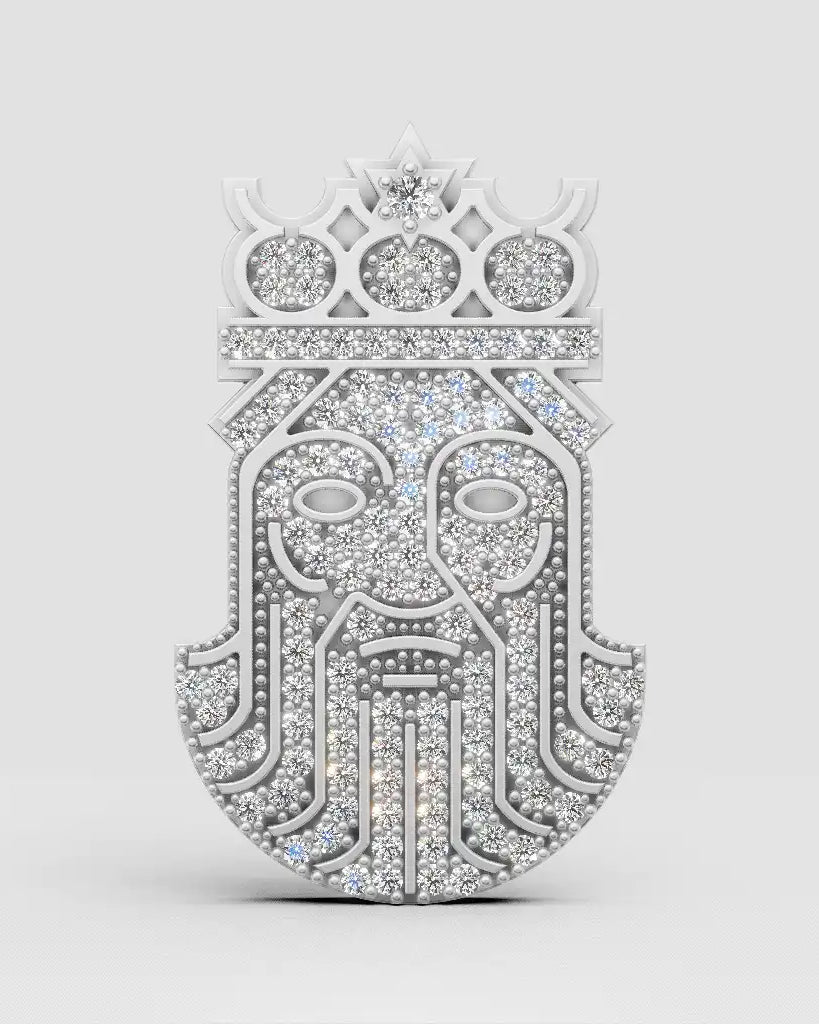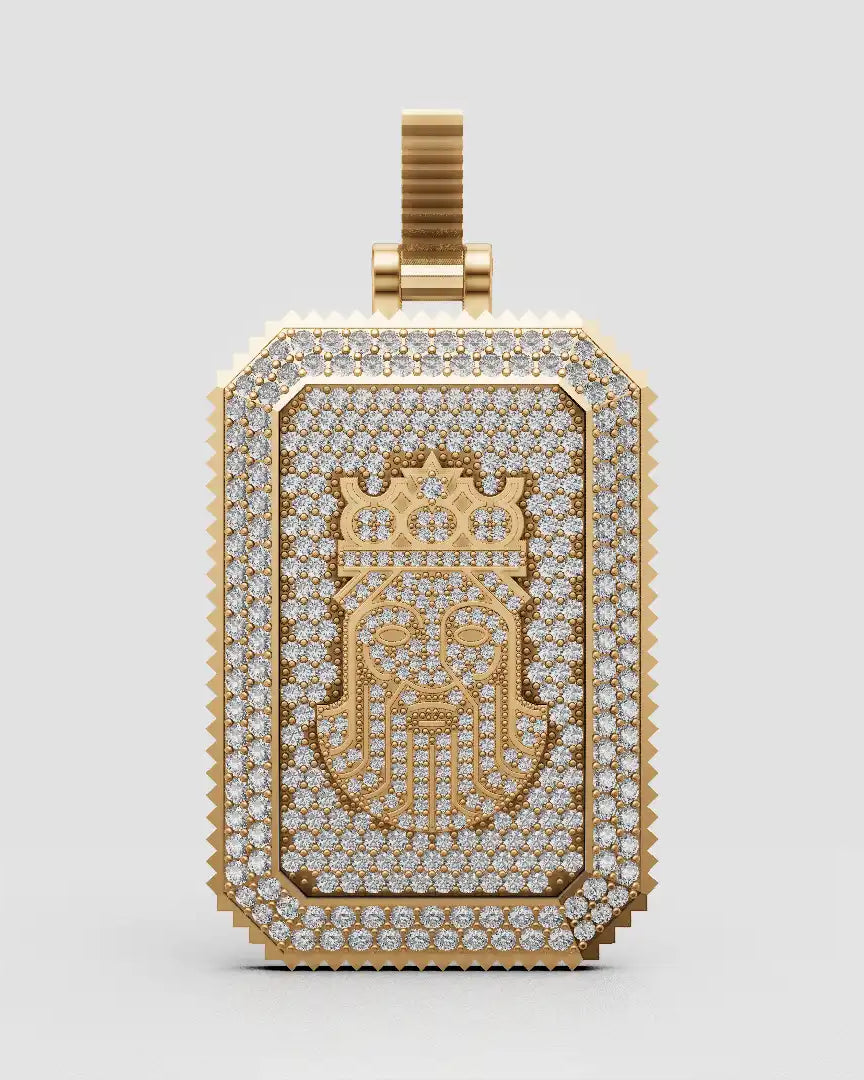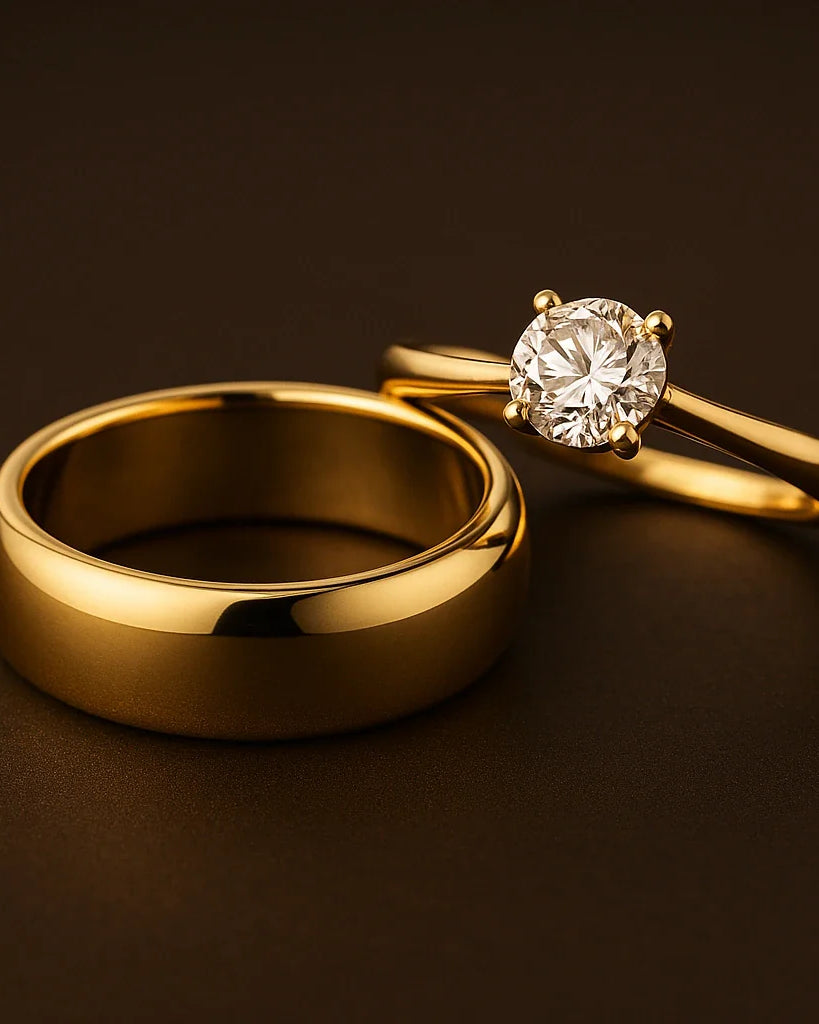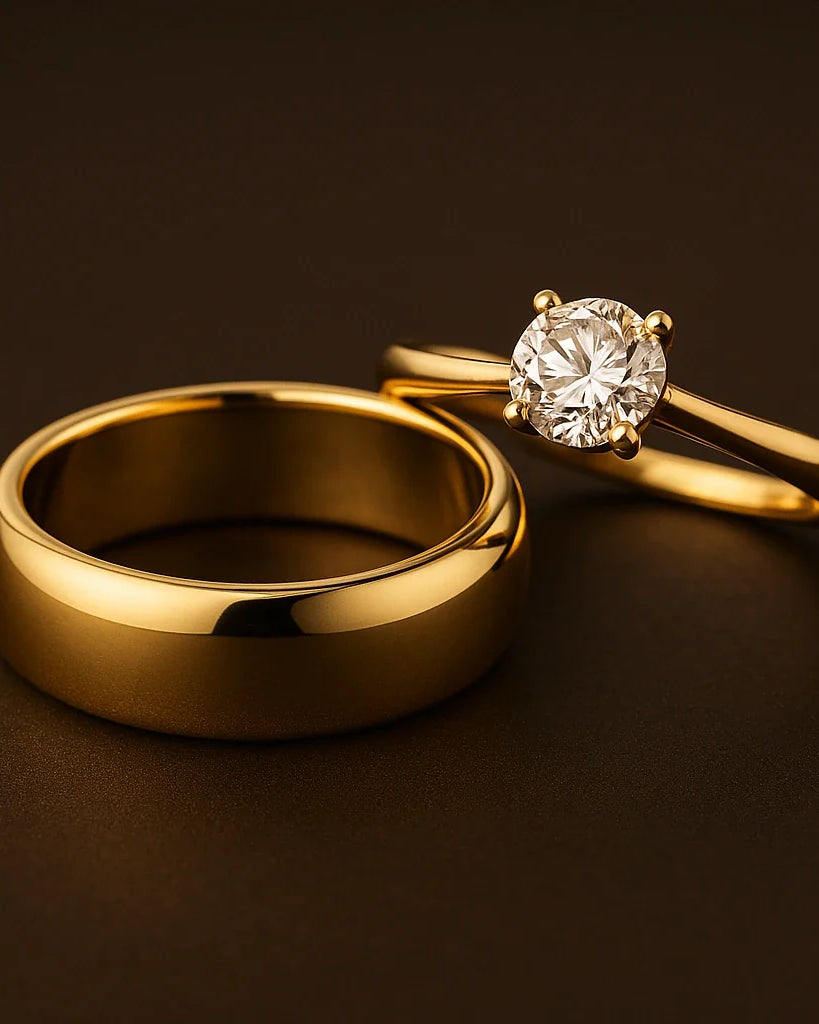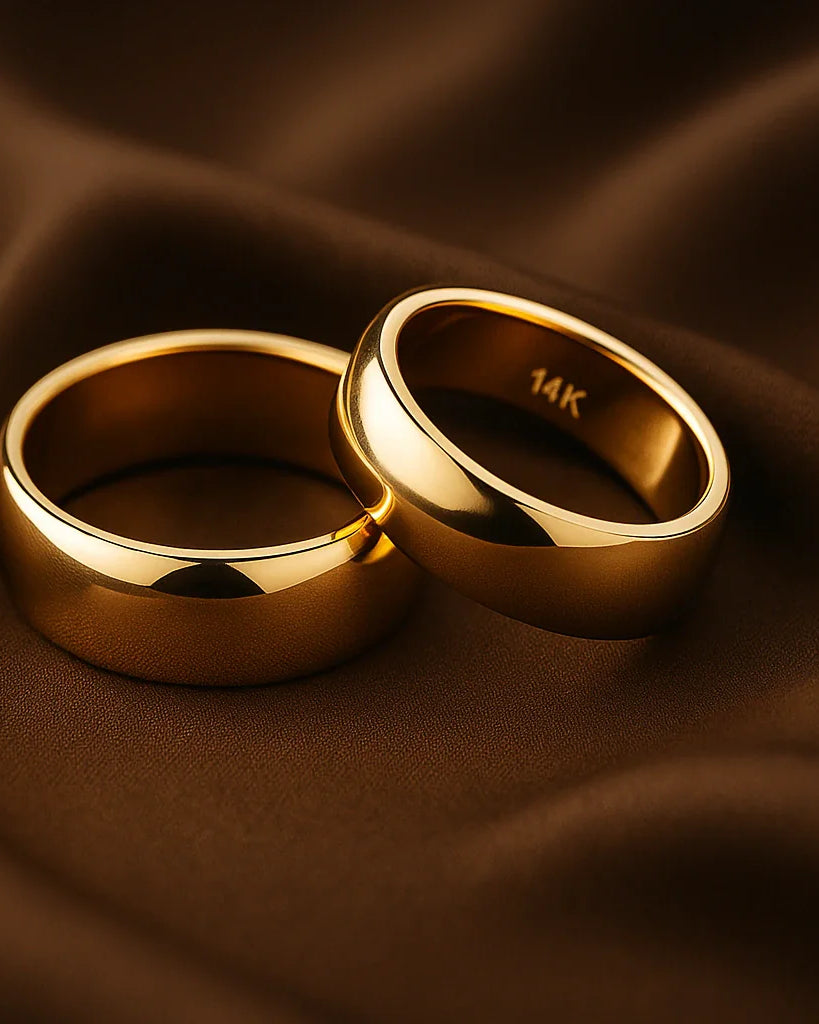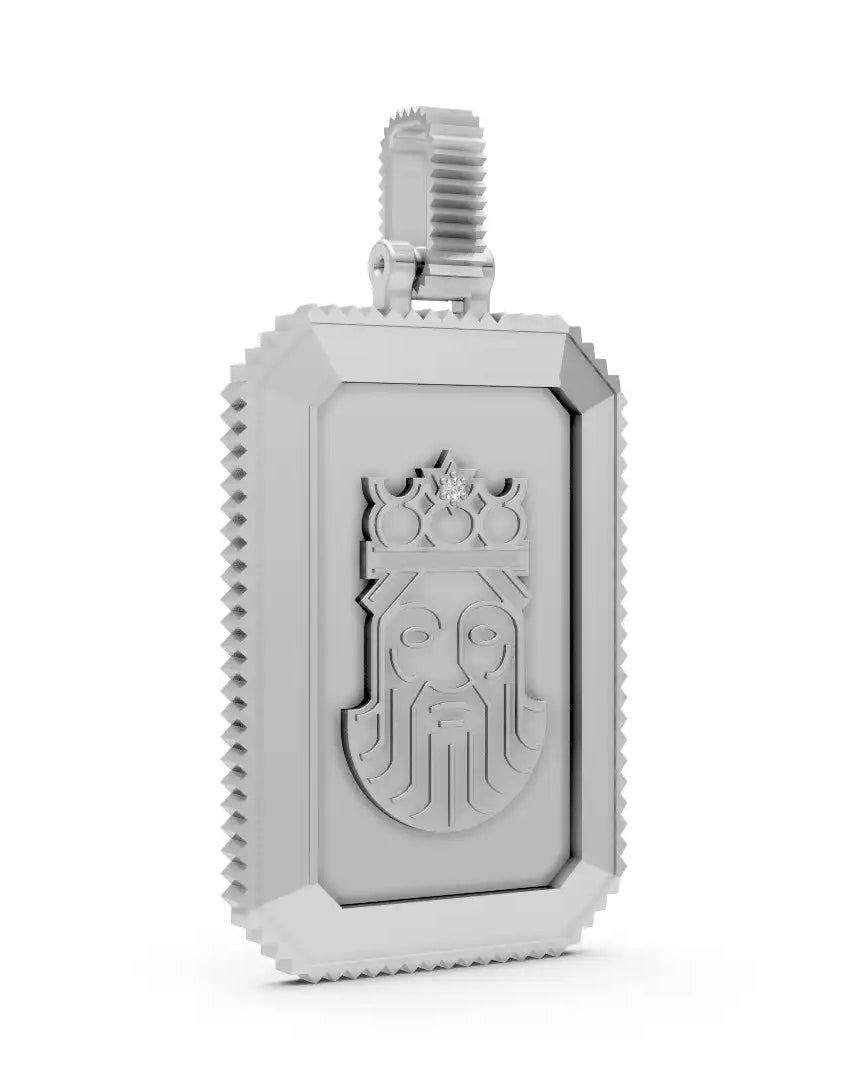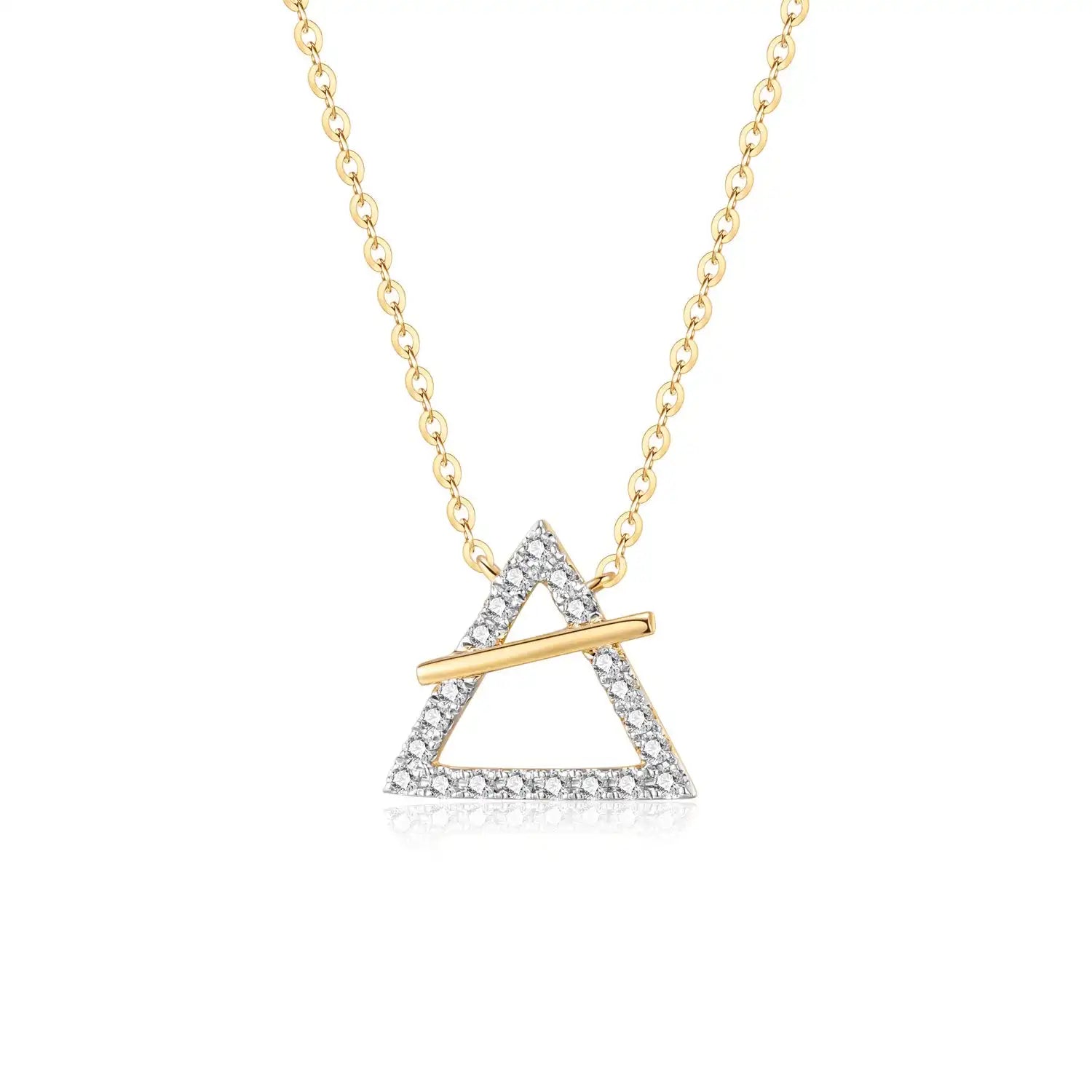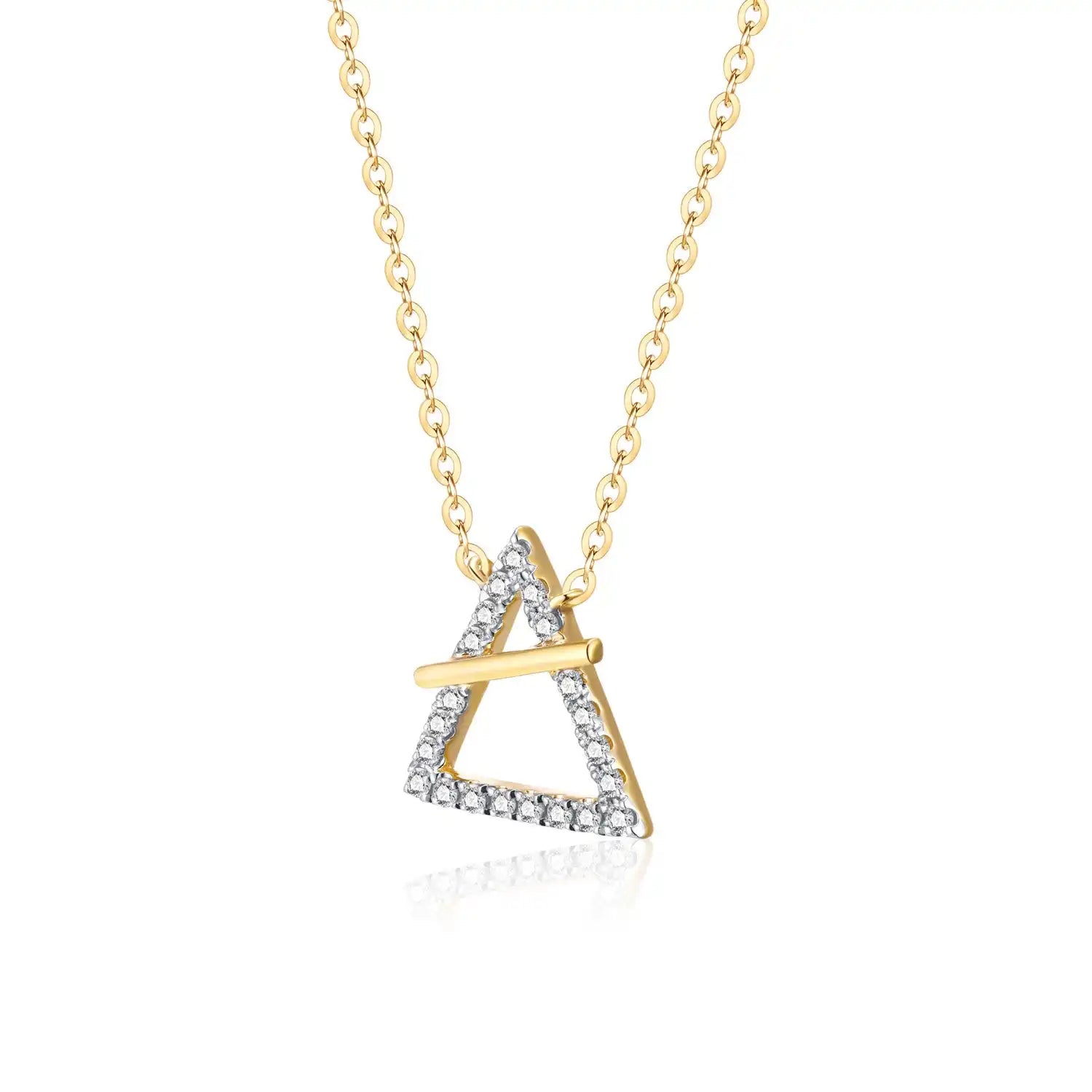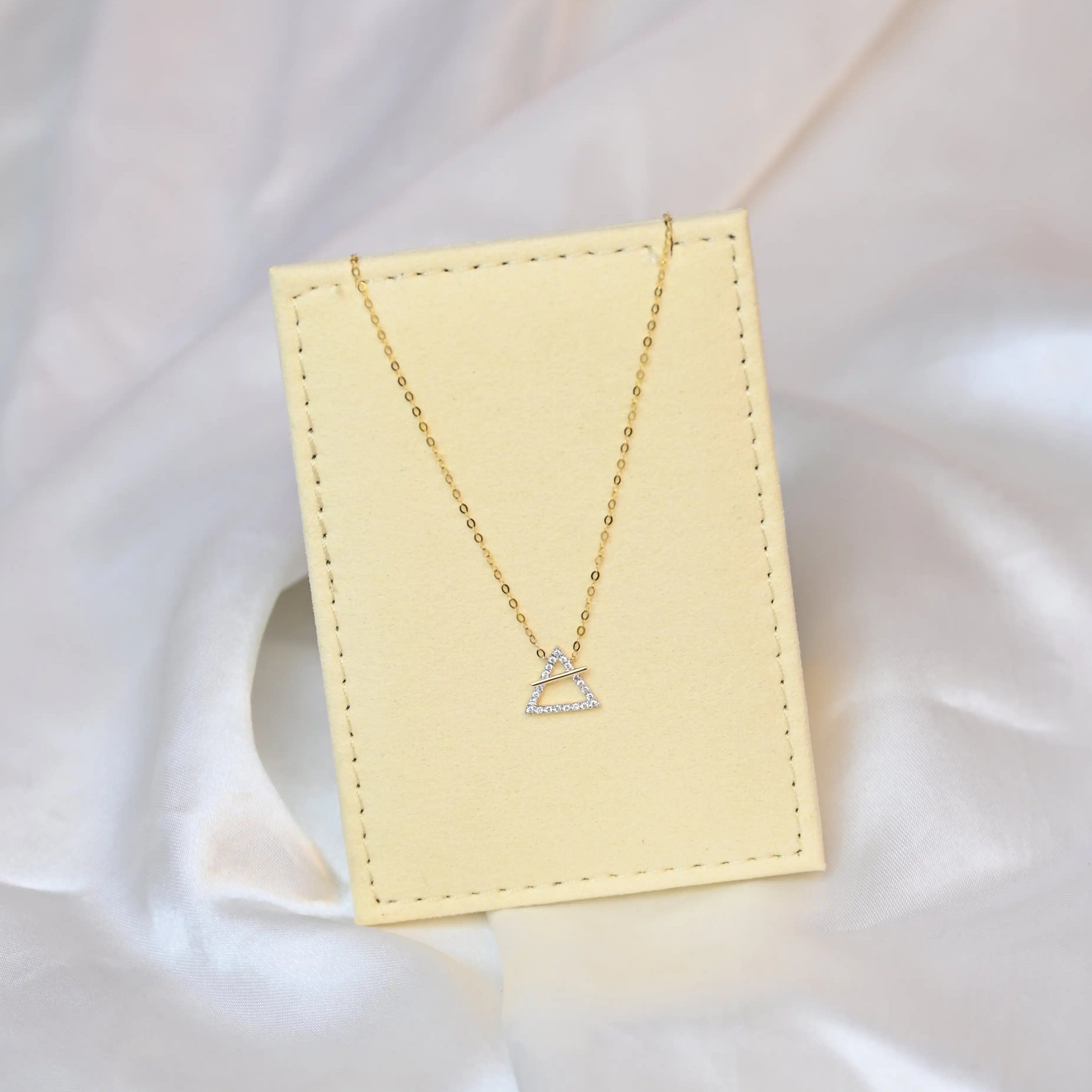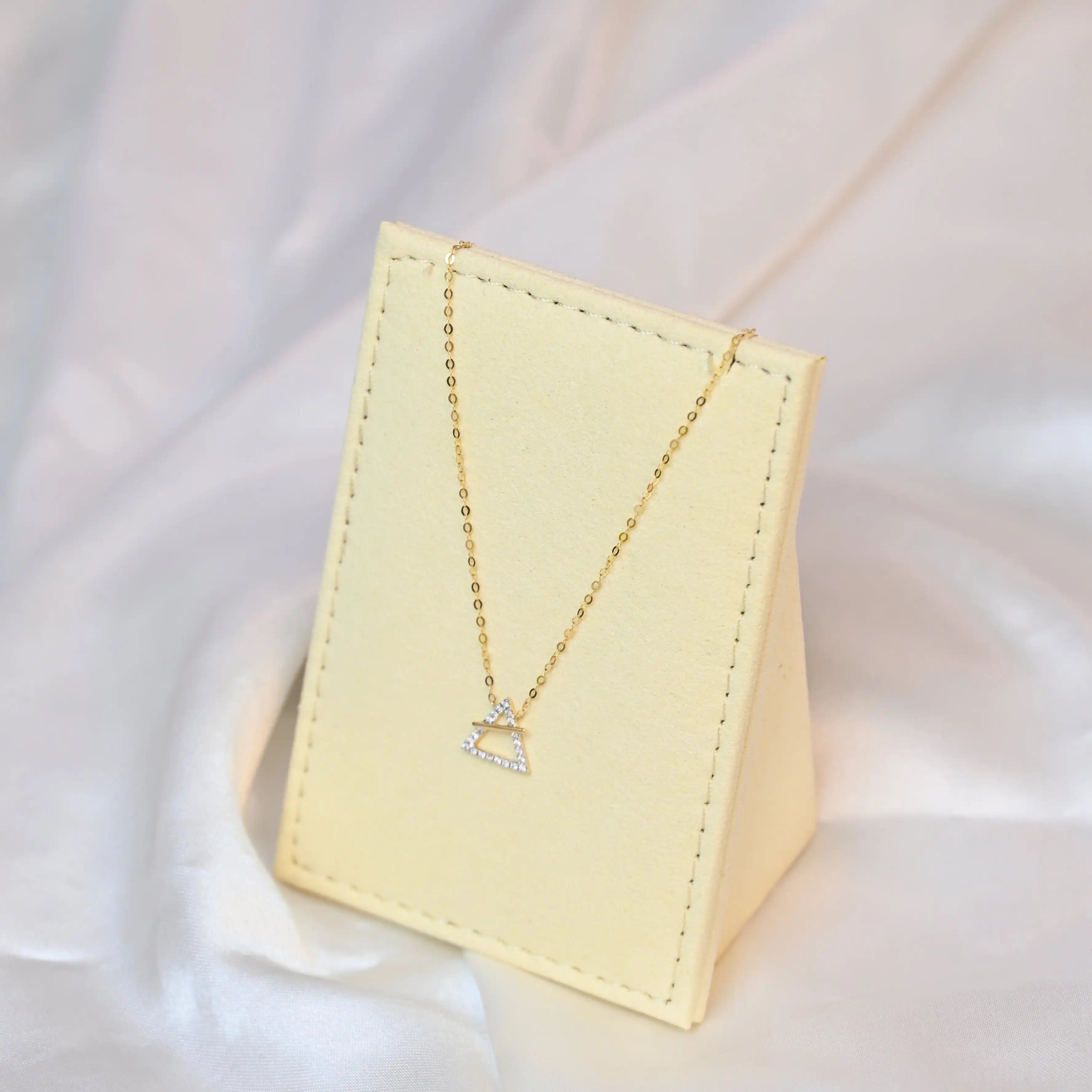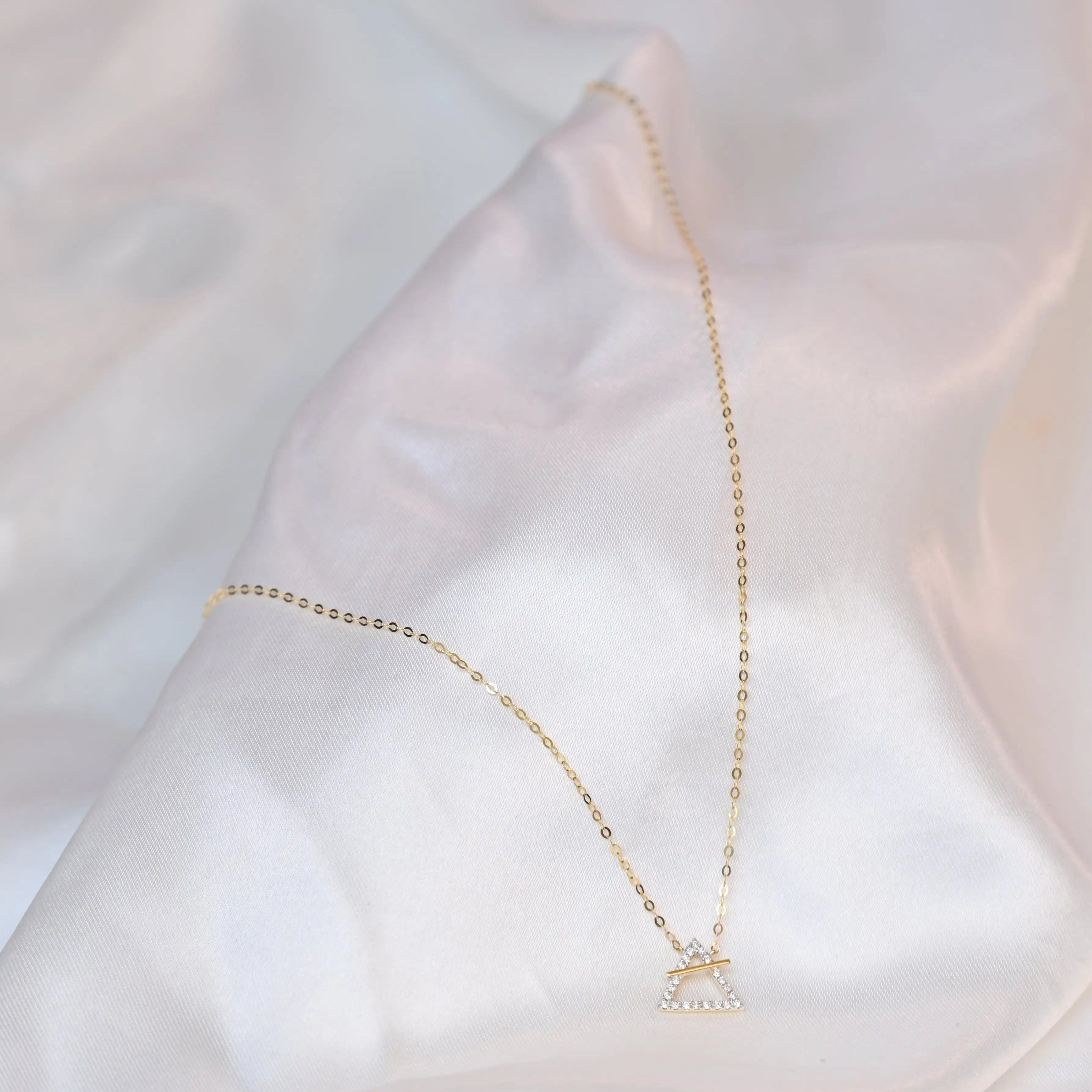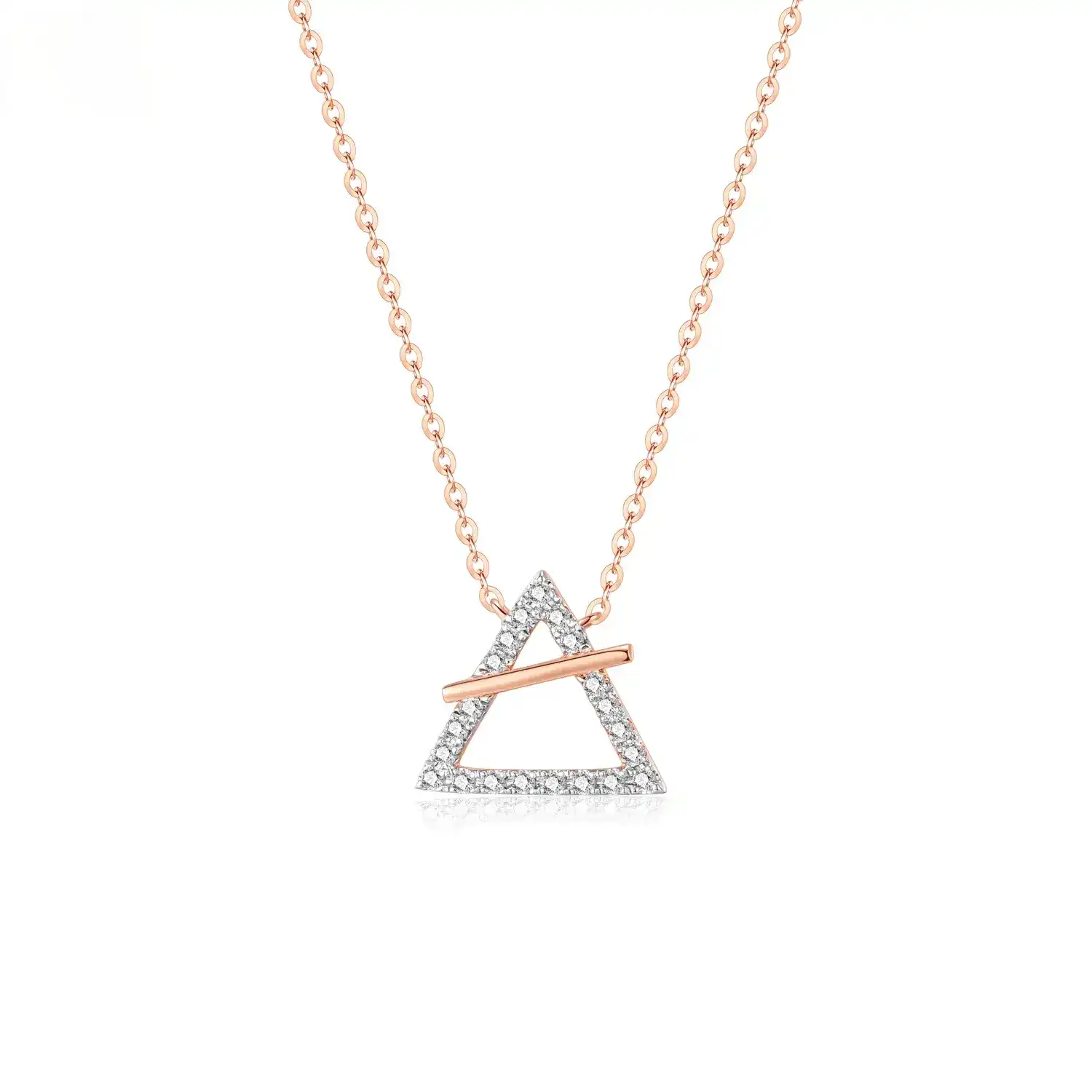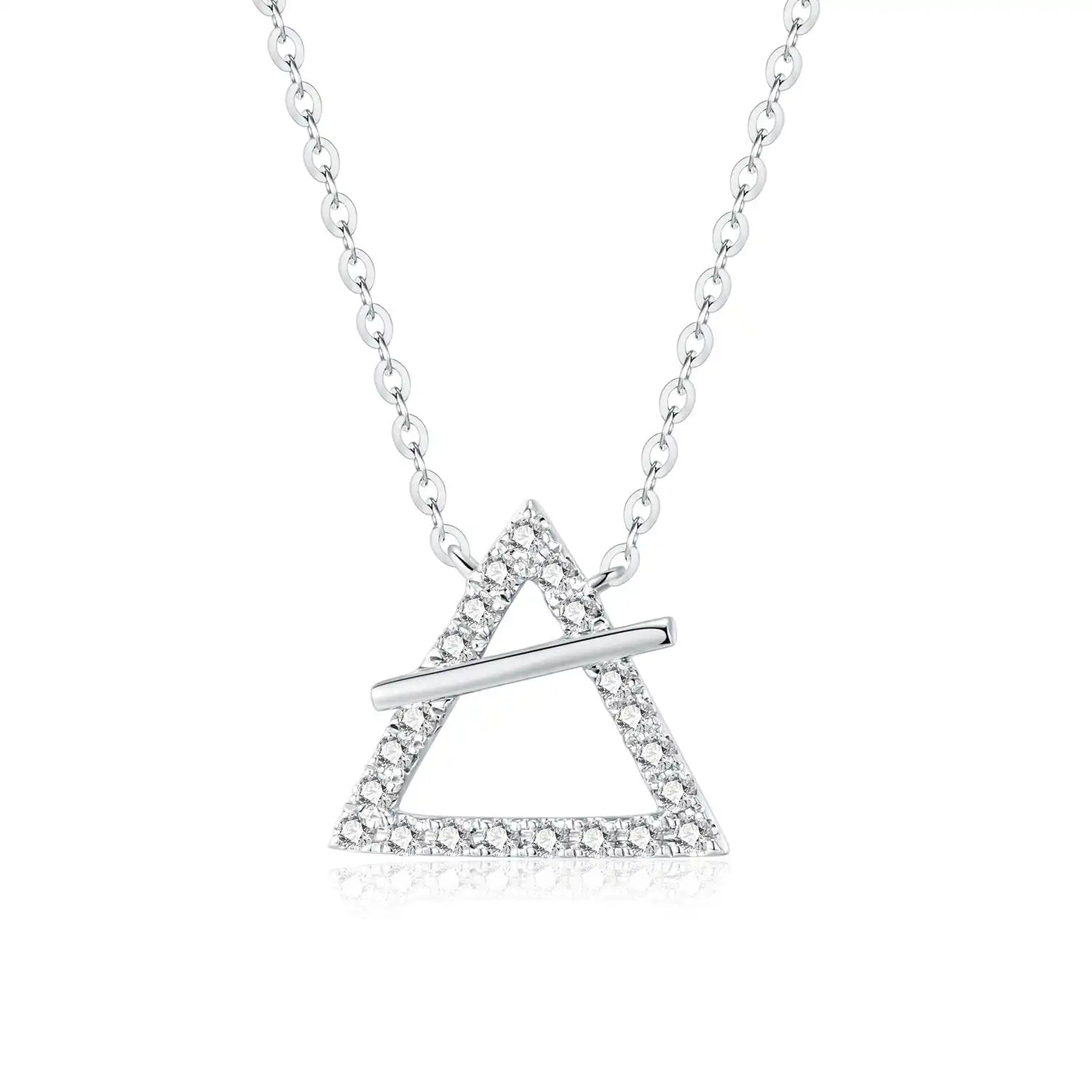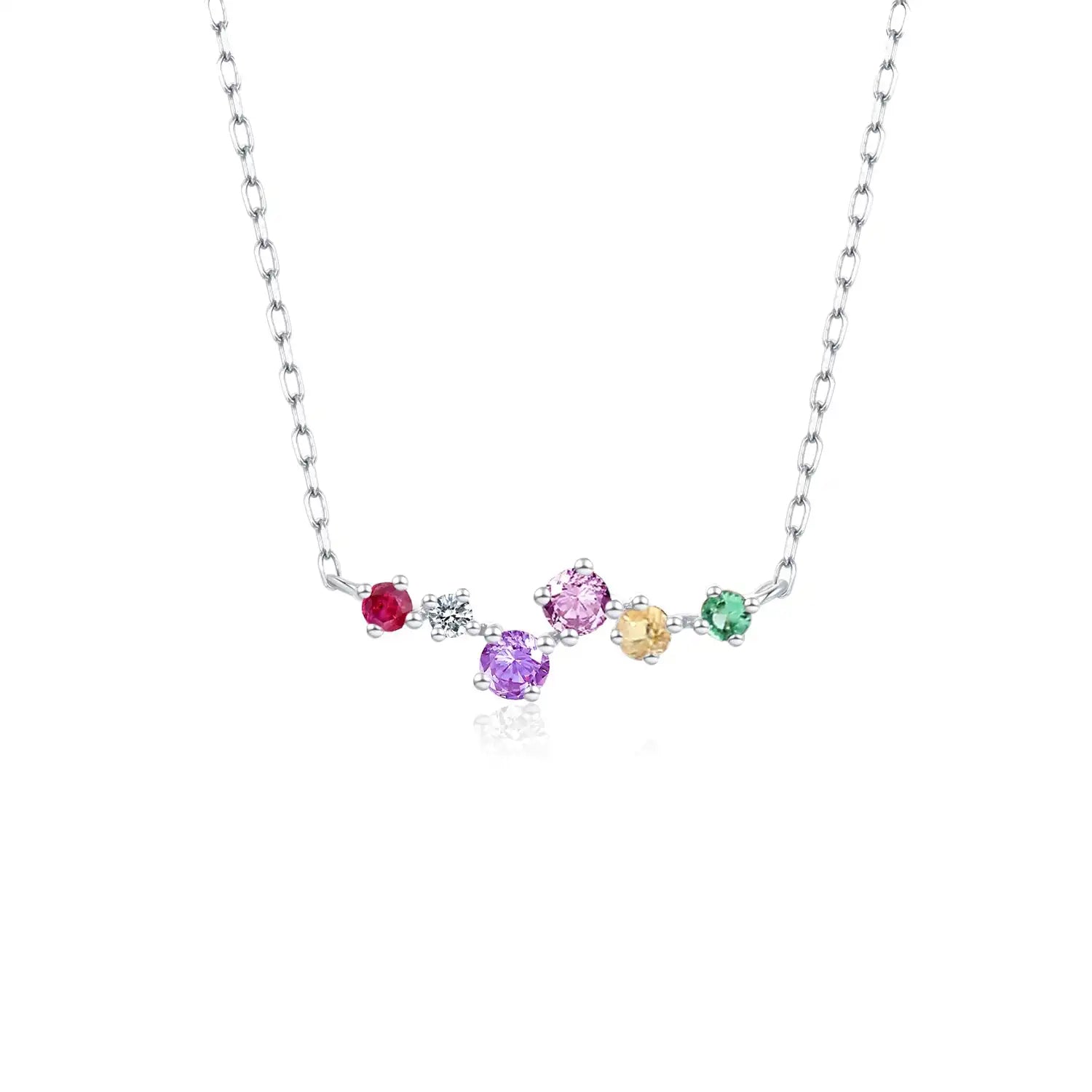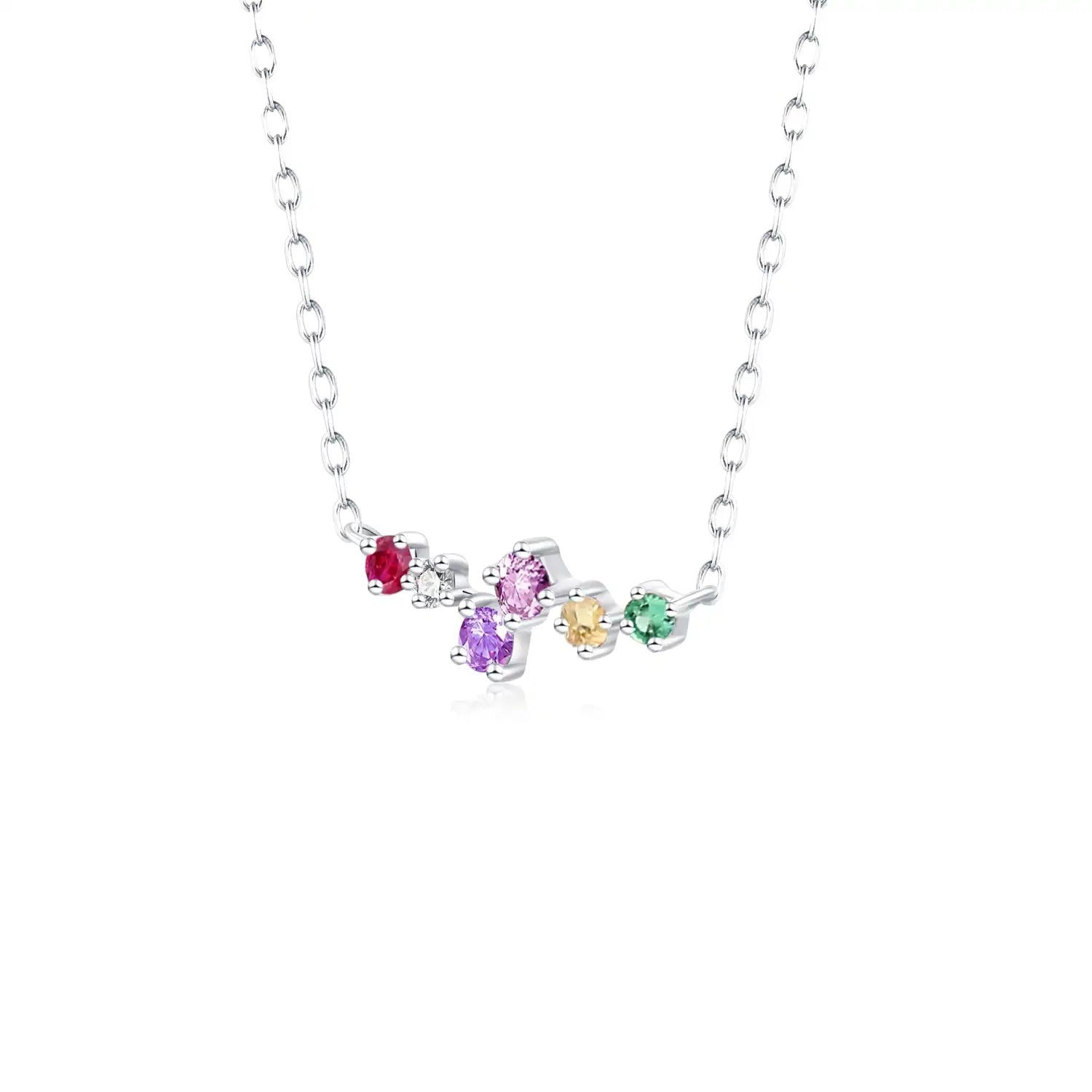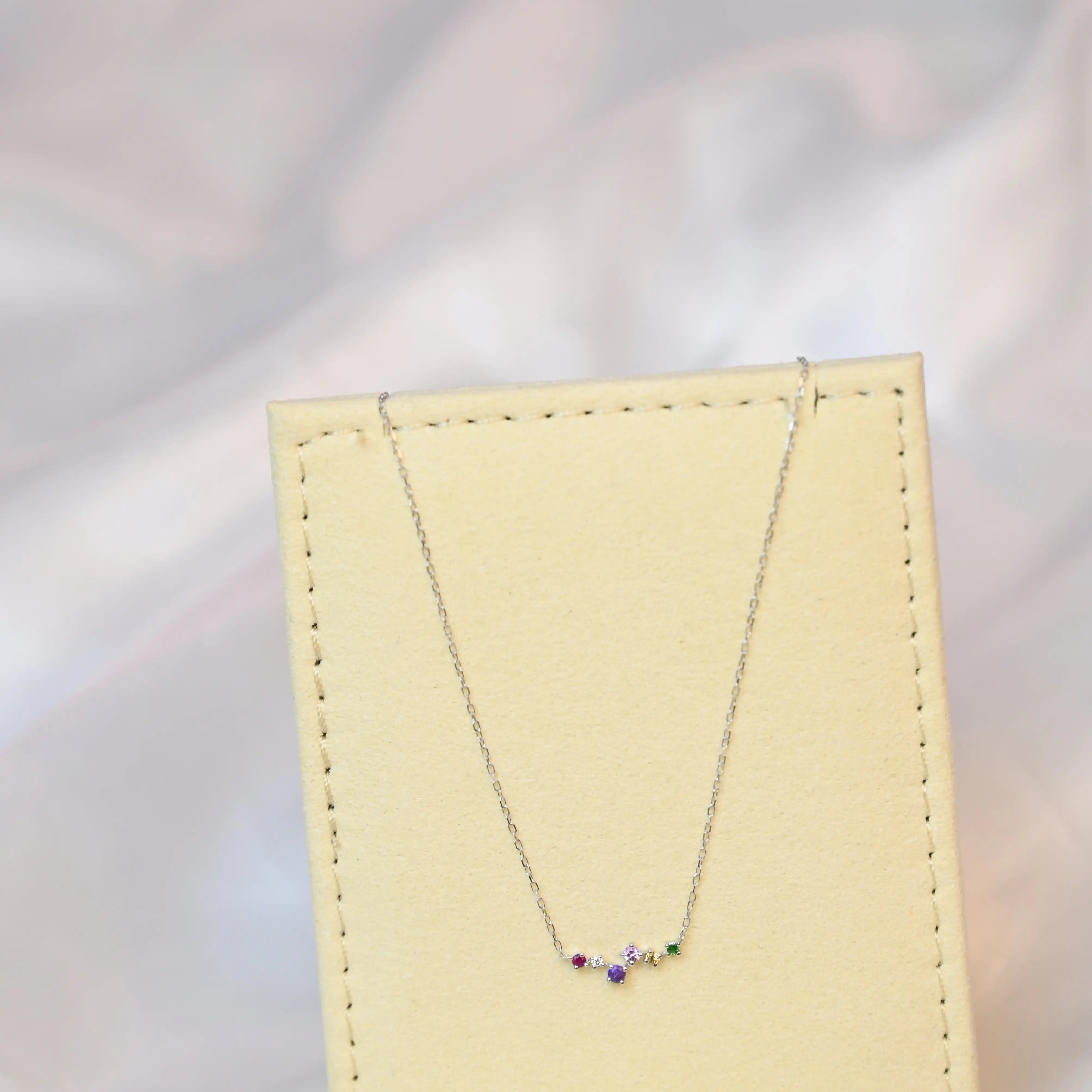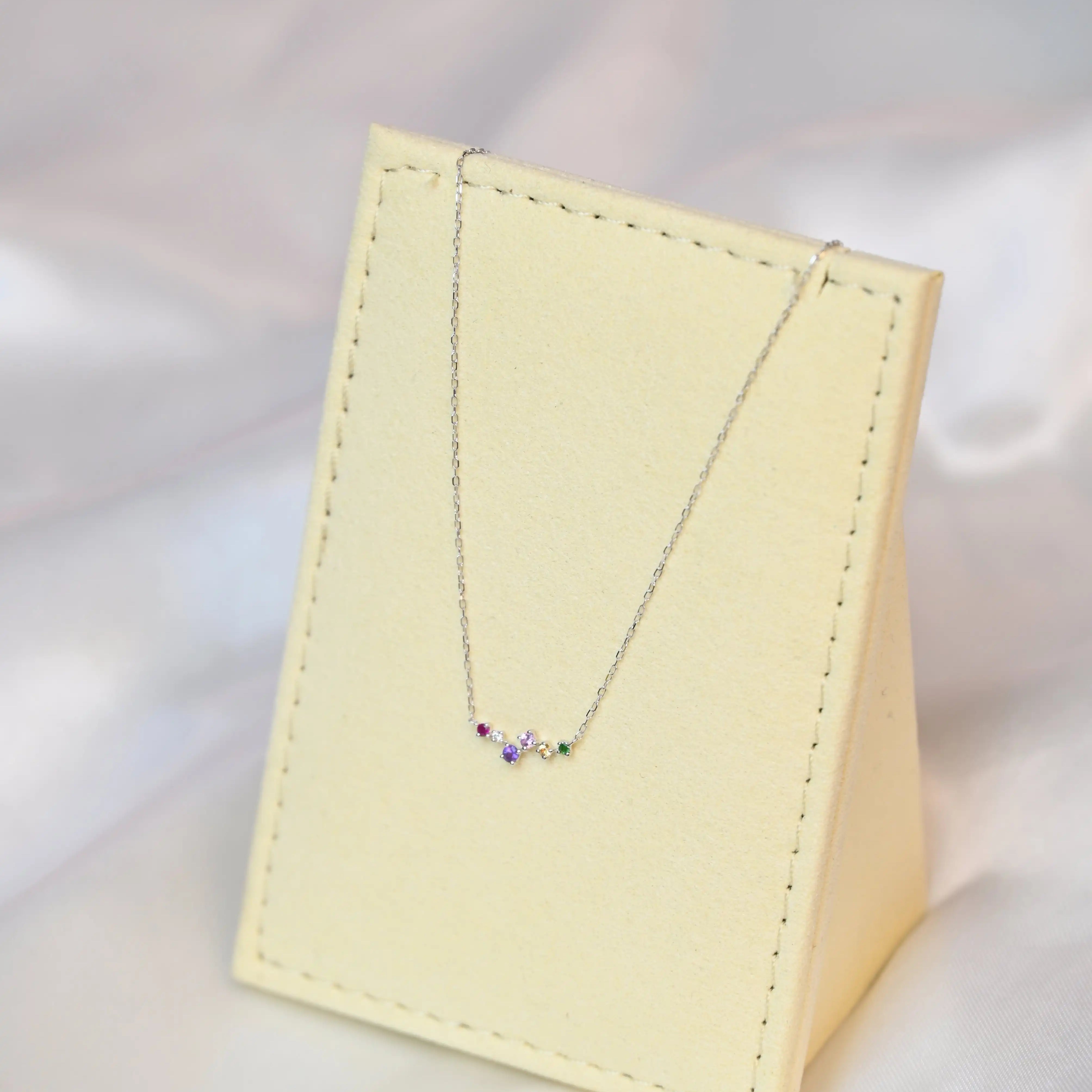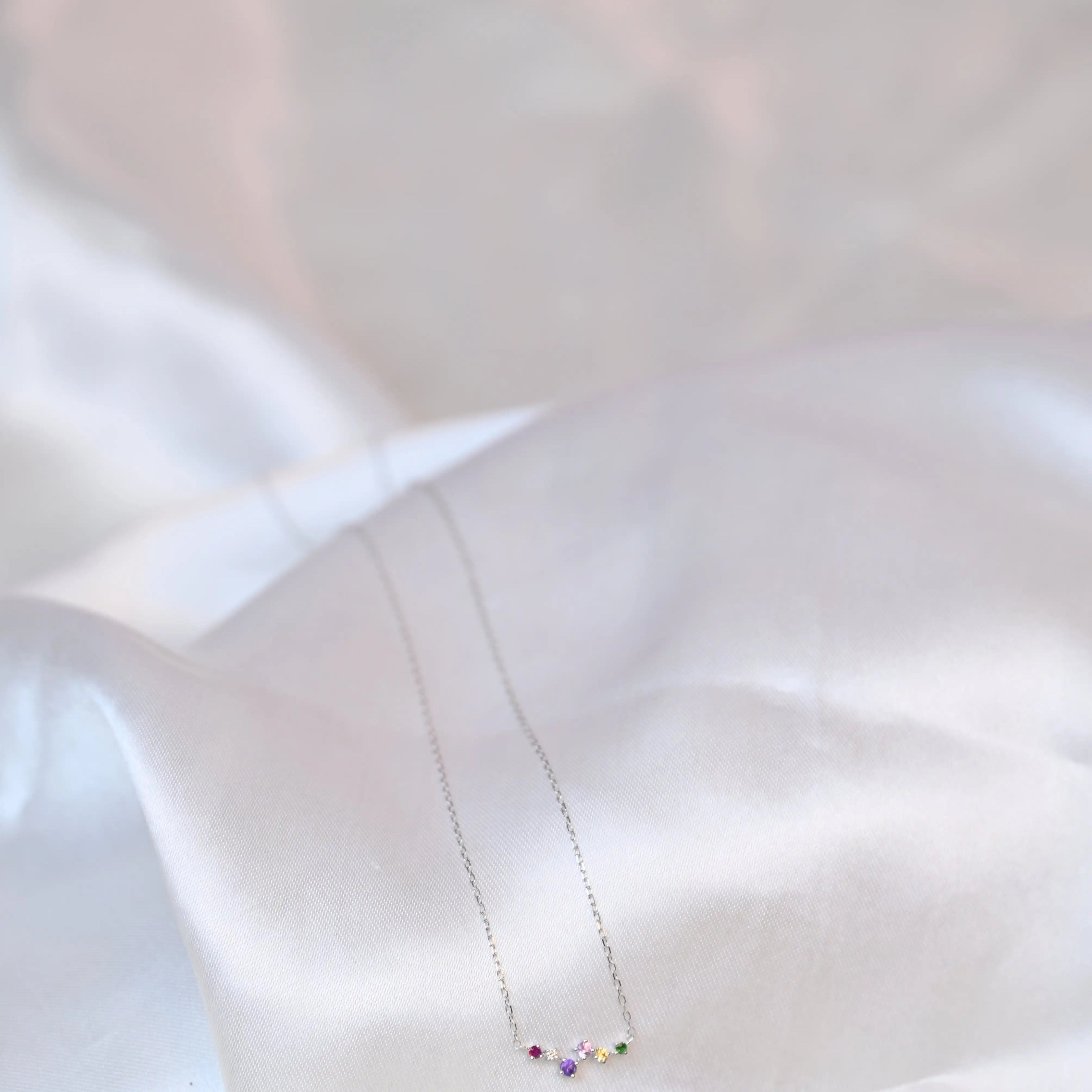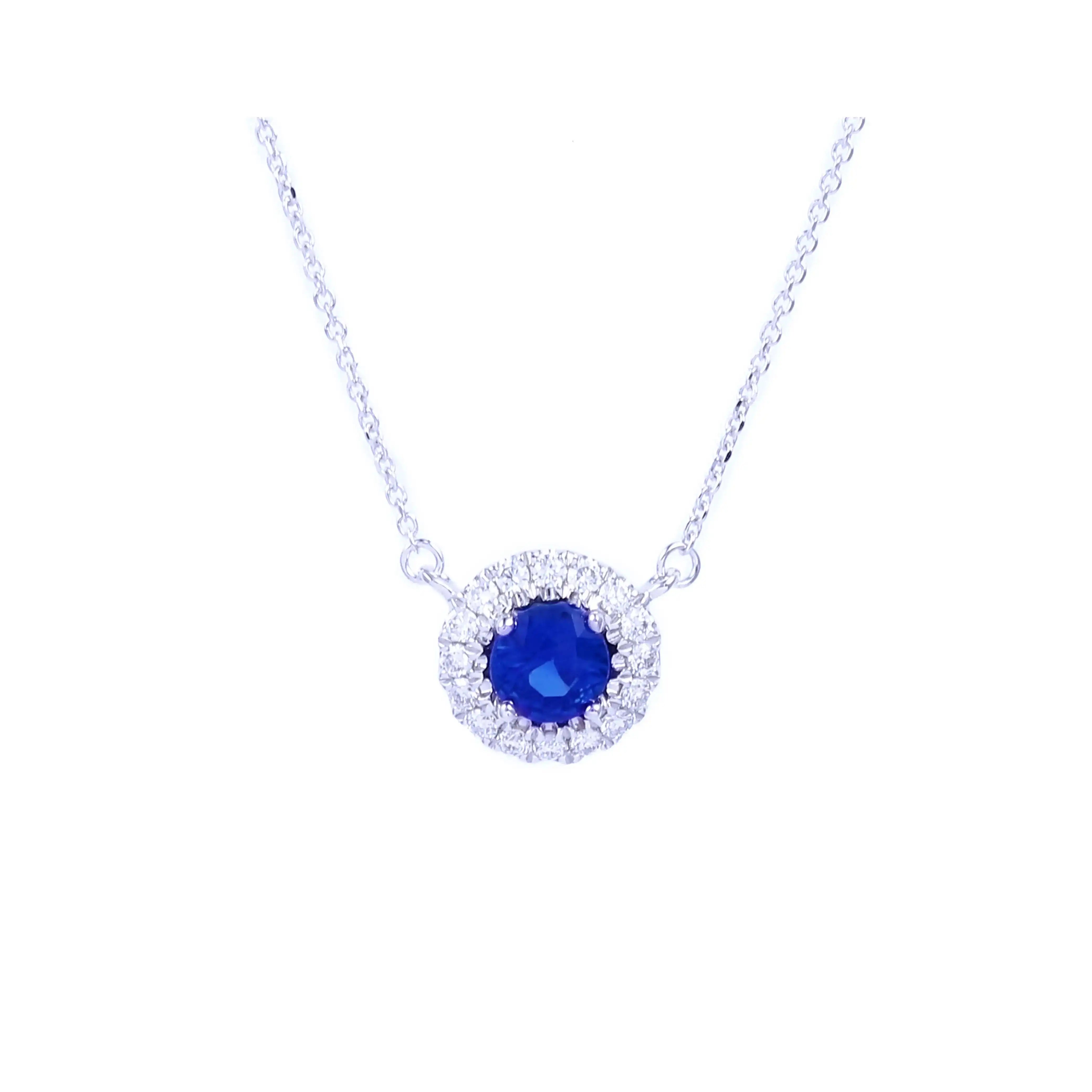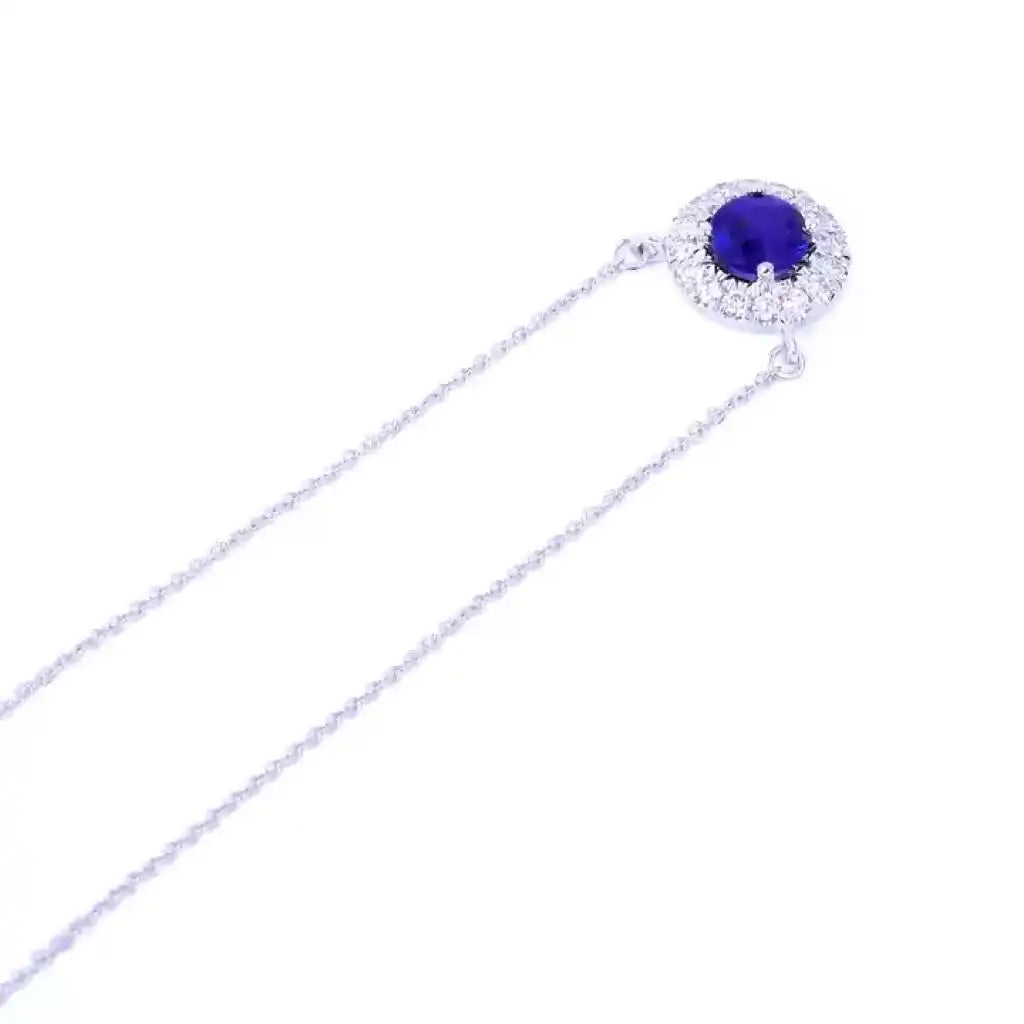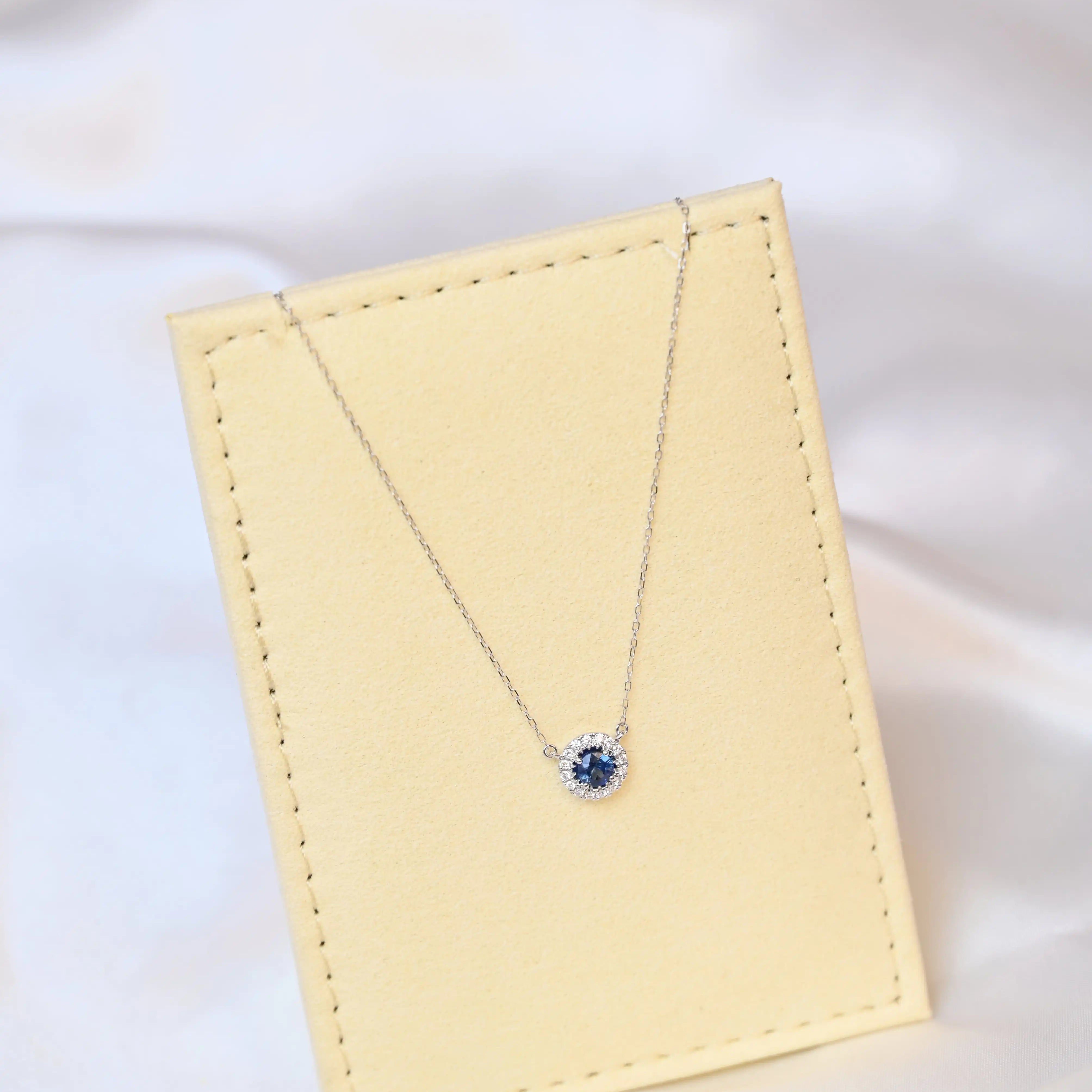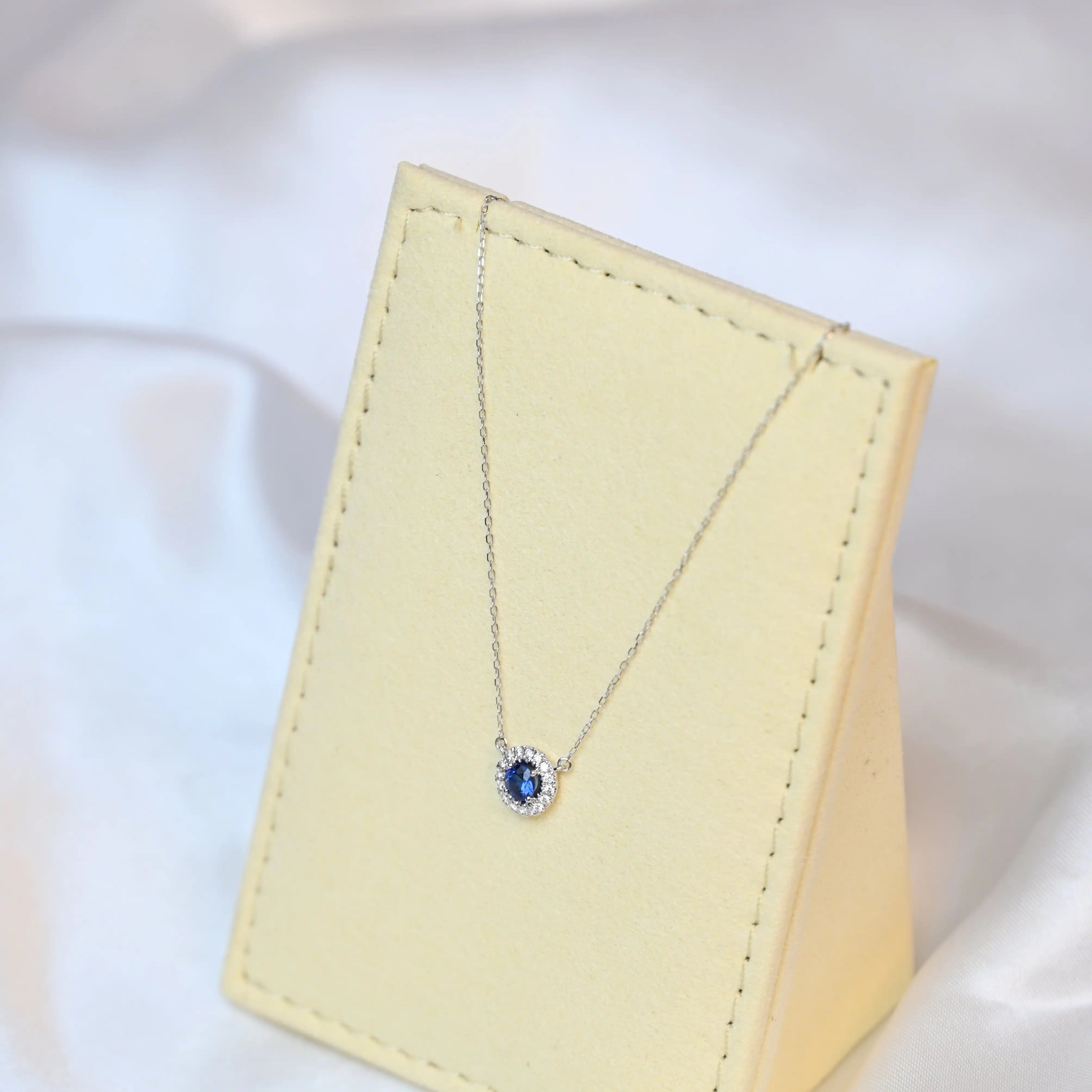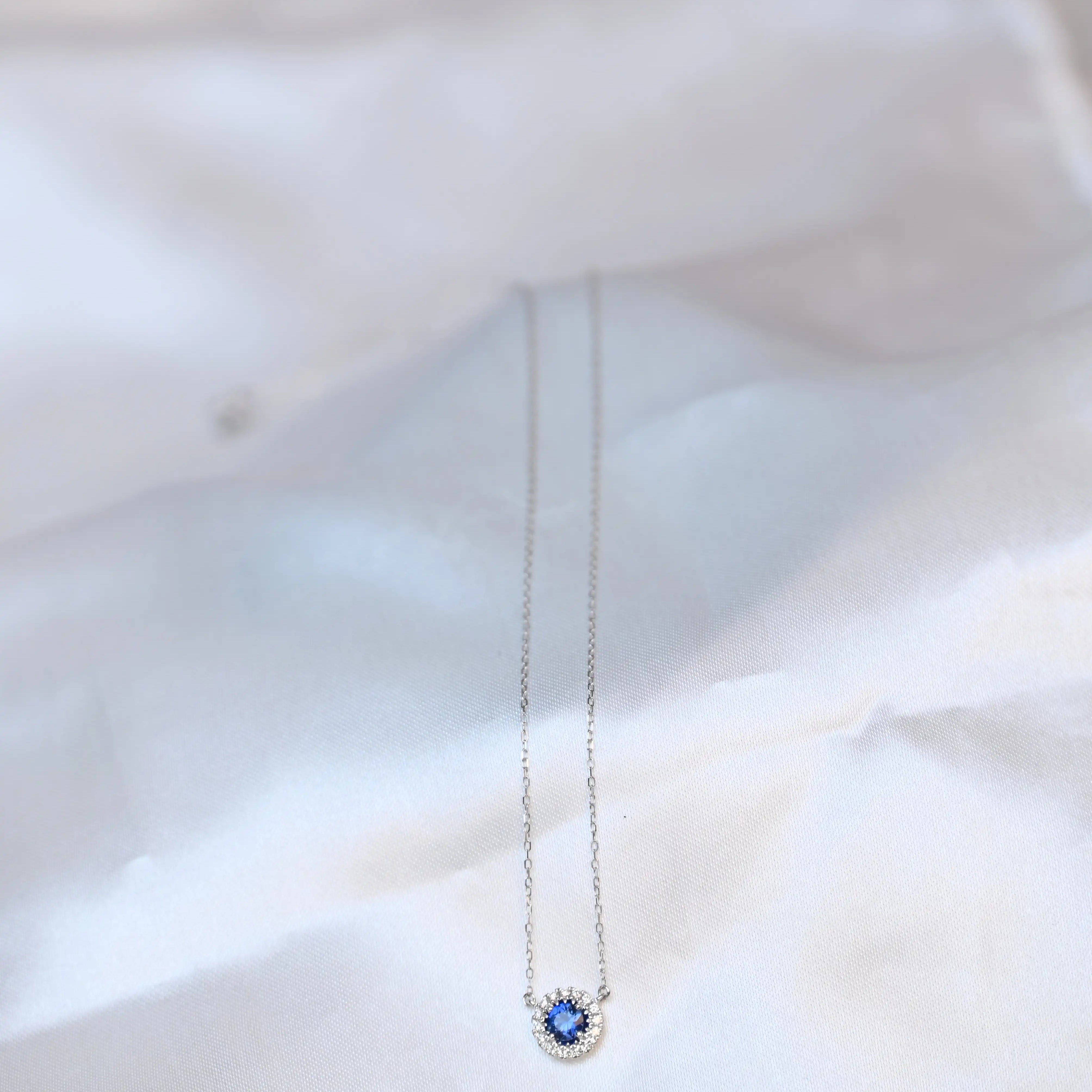Natural Diamonds
High heat and extreme pressure are used in the Earth's core to create diamonds over billions of years. These diamonds are pushed up from their deep underground origin by volcanic processes, making them unique. Scientists have discovered a way to replicate the identical natural mechanism that produces diamonds. We can currently produce diamonds in labs using two techniques thanks to modern technology: To produce diamonds, research teams employ two processes known as HPHT and CVD. The traits that make natural diamonds valuable, their exceptional brightness and durability, are also present in lab-created diamonds.
Are lab-grown diamonds "fake"?
Not at all! A lot of individuals are misinformed about the true meaning of jewelry in the market. Since lab-grown diamonds have the same chemical composition as natural diamonds, they are considered genuine diamonds. Real lab-created diamonds have unique characteristics that make it easier to identify fakes. We usually refer to non-laboratory diamonds as fakes, such as glass imitations and cubic zirconia moissanite. Despite having physical characteristics similar to diamonds, these imitation stones are members of several material groupings.
How do I choose between natural and lab-grown diamonds?
Natural Diamonds
-
Every diamond develops a special history after traveling billions of years through time.
-
Real diamonds keep their financial worth across time.
-
Natural diamonds bring the beloved traditions that most people embrace.
Lab-Grown Diamonds
-
Buying this product will cost you 60-80% fewer dollars than other choices.
-
Lab-grown diamonds let you make a choice that helps the environment.
-
Engineered diamonds work just as beautifully and endure as well as natural diamonds do.



